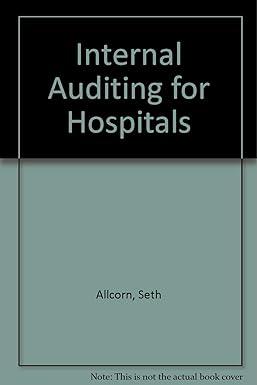2. (2) Households plan consumption expenditures and saving with consideration of their long-run income. We wish to estimate SAVINGS = B. + B.LRINCOME +e, where LRINCOME is long-run income. a) Long-run income is difficult to define and measure. Using data on 50 households' annual savings (SAVINGS, $1000 units) and annual income (INCOME, S1000 units), we estimate a savings equation by OLS to obtain SAVINGS = 4.3428-0.0052INCOME (se) (0.8561) (0.0112) Calculate the predicted savings for a household with $40,000 annual income and for a household with $100,000 annual income. b) Develop a 95% interval estimate for the marginal propensity to save. Why might we expect the OLS estimator of the marginal propensity to save to be biased and inconsistent? c) Suppose that in addition to current income we know average household income over the past 10 years (AVGINC, S1000 units). Why might this be a suitable instrumental variable? d) The estimated first-stage regression is INCOME = -35.0220 +1.6417 AVGINC (-1.83) (5.80) Does AVGINC qualify as a strong instrument (see Case I on page 500)? 1 e) Using IV/2SLS software, with instrument AVGINC, we obtain the estimates SAVINGS = 0.9883 +0.0392INCOME (1.524) (0.0200) Construct a 95% interval estimate of the effect of INCOME on SAVINGS. Does this interval make more sense than the interval computed in part (b)? 1) Using the IV/2SLS estimates, calculate the predicted savings for a household with $40,000 annual income and for a household with $100,000 annual income. 2. (2) Households plan consumption expenditures and saving with consideration of their long-run income. We wish to estimate SAVINGS = B. + B.LRINCOME +e, where LRINCOME is long-run income. a) Long-run income is difficult to define and measure. Using data on 50 households' annual savings (SAVINGS, $1000 units) and annual income (INCOME, S1000 units), we estimate a savings equation by OLS to obtain SAVINGS = 4.3428-0.0052INCOME (se) (0.8561) (0.0112) Calculate the predicted savings for a household with $40,000 annual income and for a household with $100,000 annual income. b) Develop a 95% interval estimate for the marginal propensity to save. Why might we expect the OLS estimator of the marginal propensity to save to be biased and inconsistent? c) Suppose that in addition to current income we know average household income over the past 10 years (AVGINC, S1000 units). Why might this be a suitable instrumental variable? d) The estimated first-stage regression is INCOME = -35.0220 +1.6417 AVGINC (-1.83) (5.80) Does AVGINC qualify as a strong instrument (see Case I on page 500)? 1 e) Using IV/2SLS software, with instrument AVGINC, we obtain the estimates SAVINGS = 0.9883 +0.0392INCOME (1.524) (0.0200) Construct a 95% interval estimate of the effect of INCOME on SAVINGS. Does this interval make more sense than the interval computed in part (b)? 1) Using the IV/2SLS estimates, calculate the predicted savings for a household with $40,000 annual income and for a household with $100,000 annual income







